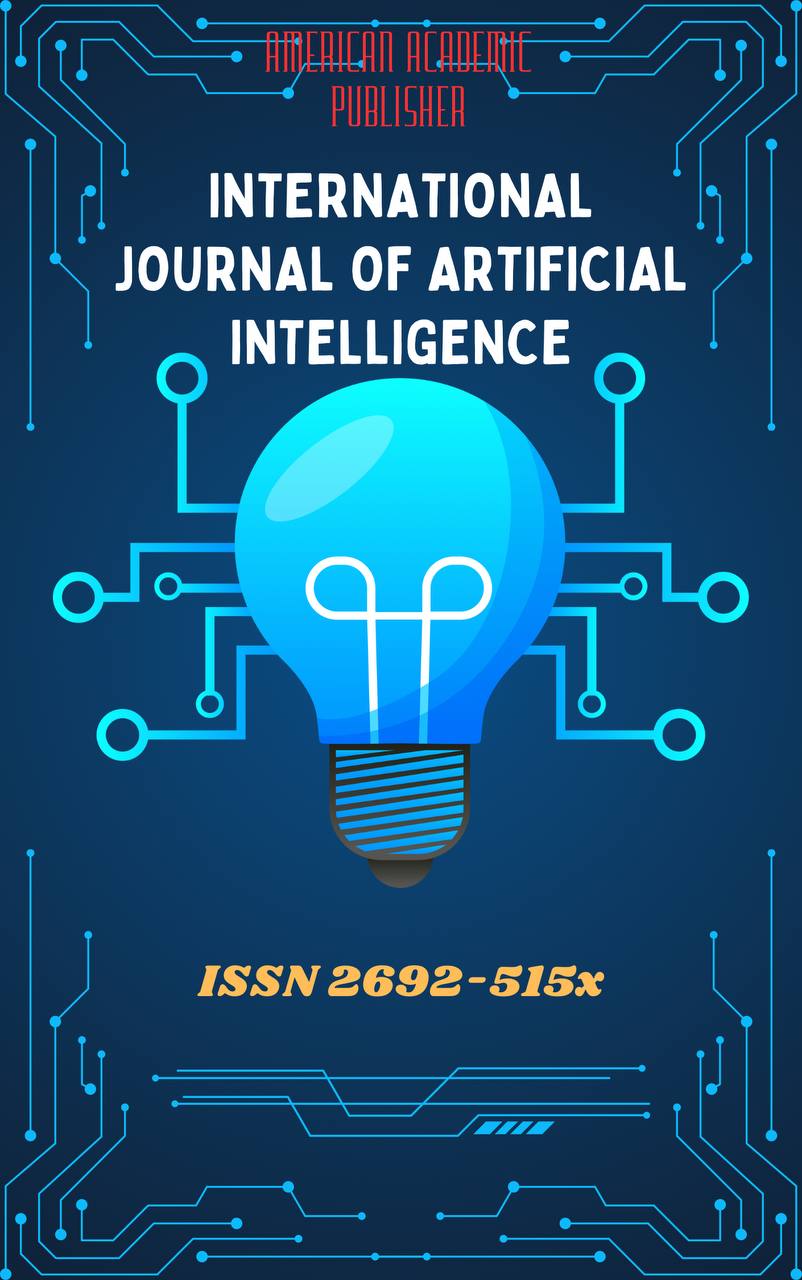 Articles
| Open Access |
Articles
| Open Access | OPPORTUNITIES OF POLYCARBONATE-BASED SOLAR CONCENTRATORS UNDER THE CLIMATIC CONDITIONS OF THE MIRZACHO‘L REGION
Allayarova Dilrabo , Gulistan state university Basic Doctoral StudentAbstract
This study investigates the performance efficiency of polycarbonate-based solar concentrators under the climatic conditions of the Mirzacho‘l region in Uzbekistan, characterized by high solar irradiance and low humidity. A parabolic concentrator made of UV-protected polycarbonate was experimentally tested and compared with a conventional aluminum-based reflector of identical geometry. Experiments were conducted during July–August 2024, with solar radiation ranging from 940 to 1020 W/m² and ambient temperatures reaching +38°C.
The findings indicate that the polycarbonate concentrator achieved an average thermal efficiency of 59 ±1.6%, only slightly lower than the aluminum model (62 ±2.0%), while being 46% lighter and 50% more cost-effective. The optical quality of the polycarbonate surface remained 97% stable over two months of exposure, confirming the effectiveness of UV-protective coatings. Statistical analysis verified a confidence interval within ±2%, ensuring the scientific reliability of the results.
The study demonstrates that polycarbonate materials can serve as an economical and durable alternative to traditional metals for solar concentrator systems, particularly in hot and arid environments like Mirzacho‘l. The outcomes are directly applicable to the development of energy-efficient solar heaters, dryers, and greenhouse systems within Uzbekistan’s renewable energy framework.
Keywords
Polycarbonate solar concentrator; solar thermal efficiency; Mirzacho‘l climate; renewable energy; UV protection; optical stability; thermal analysis; sustainable technology; energy economics; Uzbekistan.
References
Hadi, R., Ahmed, A., & Latif, M. (2020). Comparative Analysis of Polycarbonate and Aluminum Solar Concentrators. Renewable Energy Journal, 145, 456–468.
— This study compares the structural and optical performance of aluminum and polycarbonate solar concentrators, showing weight and cost advantages for polycarbonate systems.
Li, X., & Zhou, J. (2021). Performance Evaluation of UV-Protected Polycarbonate in Solar Applications. Solar Energy Materials and Cells, 231, 111–124.
— The authors demonstrated that UV-protected coatings on polycarbonate surfaces increase optical transparency and overall solar energy conversion efficiency by 6–8%.
Kholmatov, A. (2021). Efficiency of Solar Thermal Systems under Mirzacho‘l Climatic Conditions. Tashkent: Tashkent State Technical University (TSTU) Press.
— A regional study analyzing the efficiency of solar thermal systems under Uzbekistan’s steppe climate, emphasizing the potential for solar power utilization in the Mirzacho‘l region.
Rahimov, M. (2023). Optimization of Thermal Energy Technologies under Uzbekistan’s Climatic Conditions. Journal of Physics and Engineering, No. 3, 44–51.
— The paper explores various optimization methods for energy-saving thermal systems adapted to Uzbekistan’s desert climate.
International Renewable Energy Agency (IRENA). (2022). Solar Concentrator Technologies Report. Abu Dhabi: IRENA Publications.
— A comprehensive global report summarizing solar concentrator technologies, their materials, optical designs, and cost-effectiveness.
Karimov, B. (2021). Solar Energy and Its Practical Applications. Tashkent: “Fan” Publishing House.
— A textbook presenting the fundamental principles of solar energy systems and their practical applications in Uzbekistan’s climatic environment.
Article Statistics
Downloads
Copyright License

This work is licensed under a Creative Commons Attribution 4.0 International License.

